Restoration of abandoned agricultural land in Ukraine
The project in the Chornobyl zone is ongoing. Read the updates

The war often forces Ukrainian farmers to leave their land plots due to either active hostilities, mining or destroyed infrastructure and logistics. That is why the Embassy of the Kingdom of the Netherlands is supporting a project "Evaluation of restored agricultural land by indicator species in the context of war" that will contribute to better understanding of what processes will occur on abandoned agricultural land over the time in regard to nature and biodiversity.

Nataliia PASHKEVYCH and Volodymyr GOROBCHYSHYN - research team

Second expedition to the Chornobyl radiation-ecological biosphere reserve took place in June together with the members of the public organization "Ukrainian Nature Conservation Group" (Home - Ukrainian Nature Conservation Group (uncg.org.ua) Anna Kuzemko and Ihor Kuzemko.
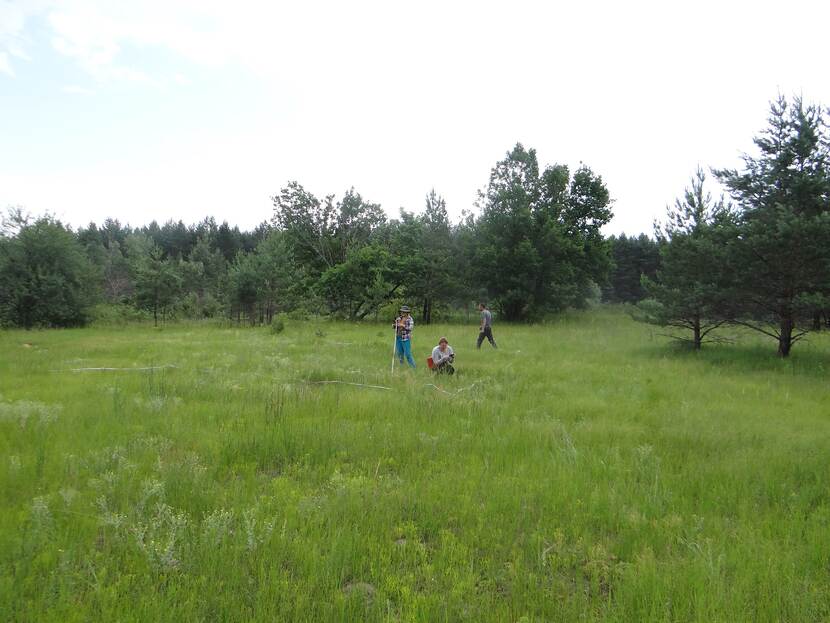
At the test plots selected during previous visit the research was conducted using the method of "biodiversity plot".
It is expected that selected method for the inventory of biodiversity will help to understand the changes observed in the fallows and bring the research team closer to solving the question: what will happen to the fallows of the exclusion zone in 35-50 years? Will meadows or psammophytic grasslands be formed here, or will it be overgrown with forest.

Some rare animals were seen in the meadows : Banded demoiselle dragonfly
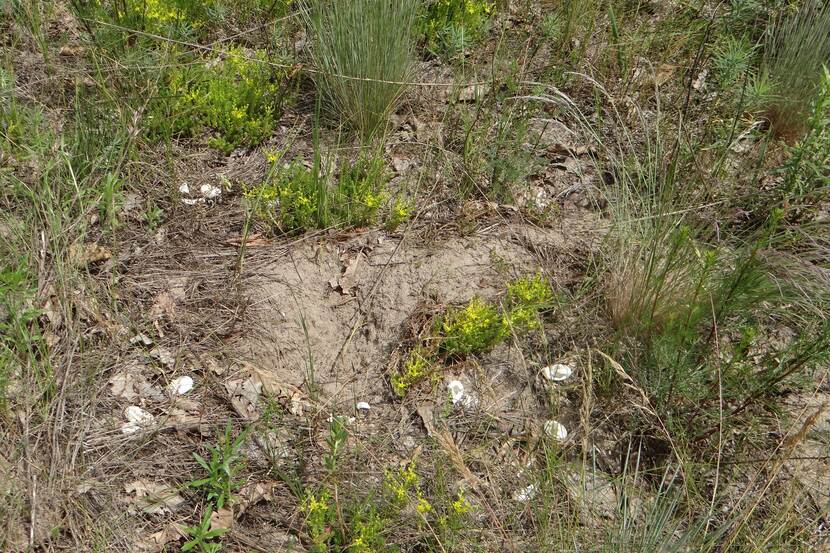
a nest of a European pond turtle.

On the fallows there were many orthowinged insects: meadow grasshopper,

a great green bush-cricket,
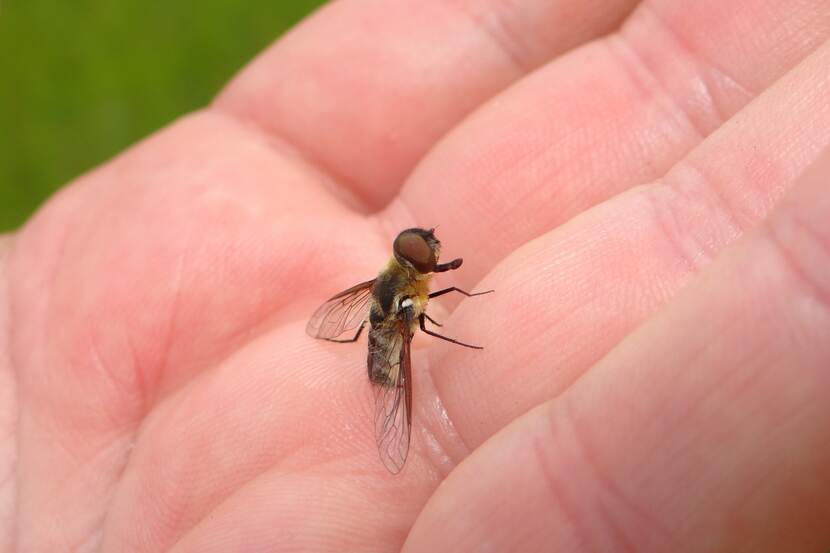
a bee fly Villa cingulata.
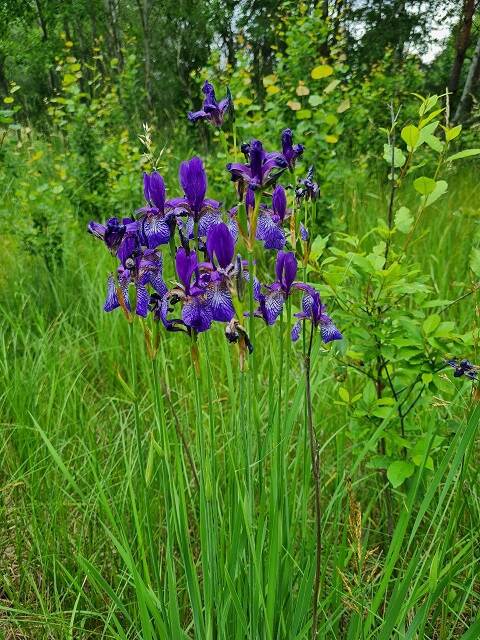
Iris sibirica was found on one of the meadows - a plant listed in the Red Book of Ukraine.

Initial observations during two expeditions, based on the recording of insects with Moericke traps and mowing with an entomological net show very few bees and wasps, plant pollinators on the test plots.
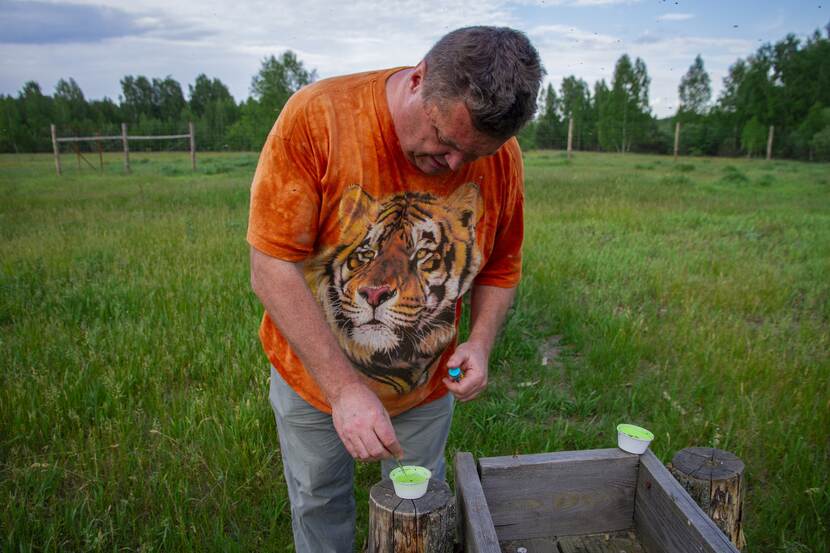
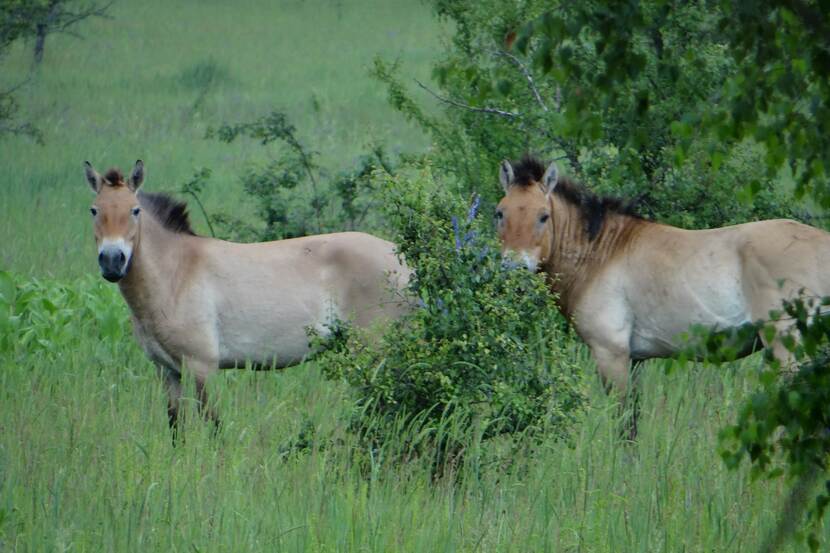
It was interesting to know that a male Przewalski's horse, seen by a research group during previous expedition, forund a "girlfriend" and they are already grazing together on one of the text plots of the project.
Follow the project page for regular updates 2024 - Evaluation of restored agricultural land by indicator species in the context of war | Oekraïne | Agroberichten Buitenland